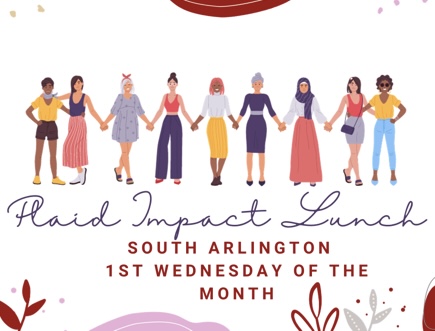A few years ago, I was at a networking meeting. Going around the room sharing how we were doing, a bit of a check-in. When it got to me, I said I was excited to try this new thing I just learned about called “rest.” Everyone laughed. And yes, it is a bit funny, but then again it isn’t. A web search for the definition of rest says it is “an instance or period of relaxing or ceasing to engage in strenuous or stressful activity.”
Stress Check In
Ceasing to engage in stressful activity sounds like something we can all agree is a good idea, but what does that actually look like? Stress has become such a natural way of our everyday lives, that we might not even realize it is activated. Take a moment right now as you are reading this and do a body scan. How’s your jaw? Are your teeth clinched? How about your shoulders, are they up? Check on your rear-end. Is it tightened? If any or all of these were tight, see if you can relax these places and take a breath. Now I ask you, did you realize you were stressed? Or has it become so commonplace for you that the tightened areas are in their default position?
Another mindset that would be good to check in with is about our identity. Have we adopted the idea that we are always stressed? In some workplaces and groups, being stressed is a status symbol or maybe even an expectation. Deciding to not be stressed all the time can be a bit of a rebellious act in our culture. Come along with me and let’s be rebels together. Let’s be daring and try resting.
How Do I Rest?
Now you are asking how does one rest. It sounds like something that should be natural to us, and it absolutely was when we were born. We can learn to rest again. Our brains and bodies have become accustomed to being in a heightened state of stress, so it may take some training. To make this point, check in with your jaw and shoulders again. Right now, did they go back to tight or clenched? Give yourself grace, take a breath, and relax them again. We are retraining our brains together.
One distinction here is that there is a difference between resting and crashing. So many of us push ourselves in that stressful state all day long and when we finally stop, we crash. Crashing feels differently, and you may not even remember a time you felt relaxed or rested. If you do, how can you recreate that feeling? If you don’t, let’s try together.
Retraining
To retrain yourself to rest, start by finding a time earlier in the day and set the intention to rest for ten minutes. Go someplace without distractions if you can. No working at this time. No driving, of course. Set a timer on your phone and set it aside, vowing not to look at it for ten minutes. No reading or watching any screens. Rest. Do nothing. This may feel uncomfortable and that is okay. Take a deep breath.
Laying down may be a good idea if you can swing it. Feel free to close your eyes. Gently remind yourself that you are safe right now, there is no danger. Check on that jaw and your shoulders and your rear-end. This ten minutes may feel like the longest ten minutes ever. That’s okay. Simply notice it and your reaction. If you fall asleep, you fall asleep. Your timer will wake you.
When your ten minutes is up, you did it. No matter how it looked, you took a step toward changing your brain and reclaiming the rest your body so desperately craves. Can you do it again the next day? Shoot for two weeks, then evaluate what has happened. See if it gets easier to rest. See if it starts to make a difference in any part of your life. Join the rebellion with me, come to the rested side.
If you want more formal practices for this radical idea of rest, look into yoga nidra or non-sleep deep rest. There are videos online or check out one of these meditation apps through insight timer or calm.
Find Jamie’s articles here.











